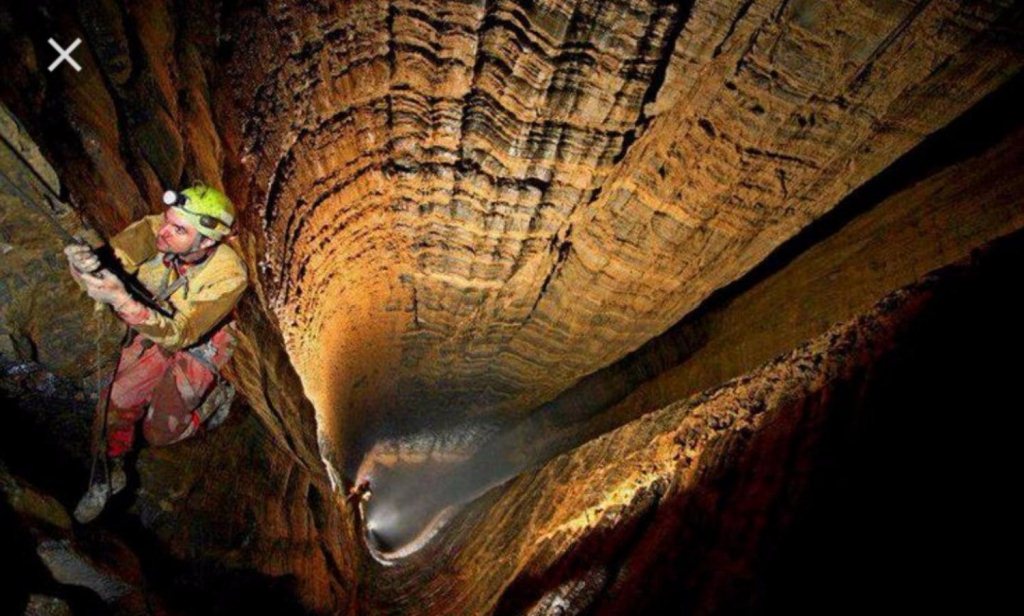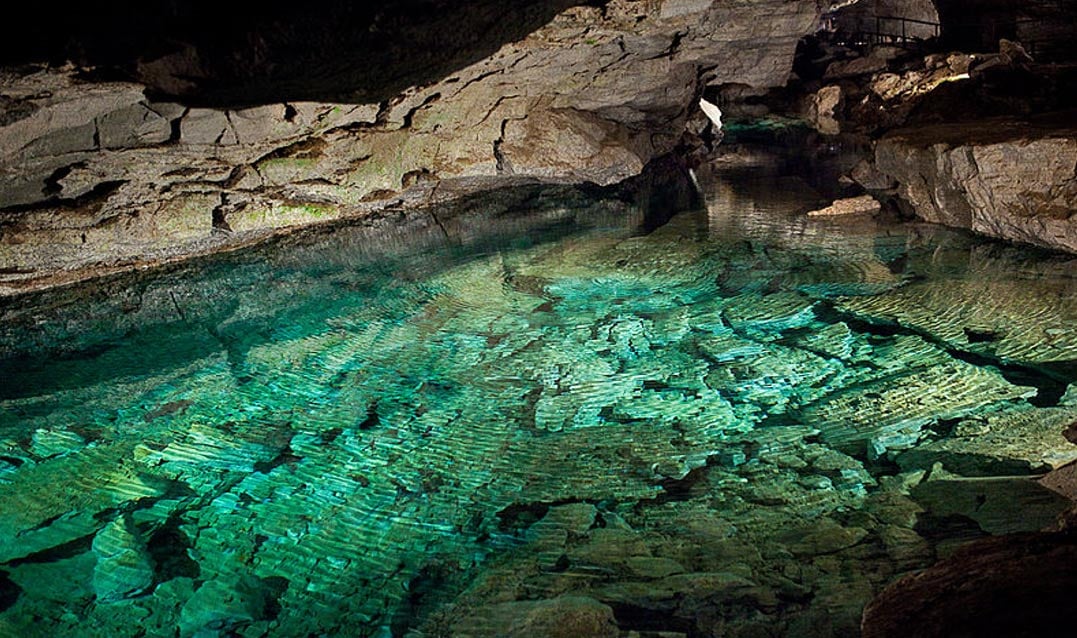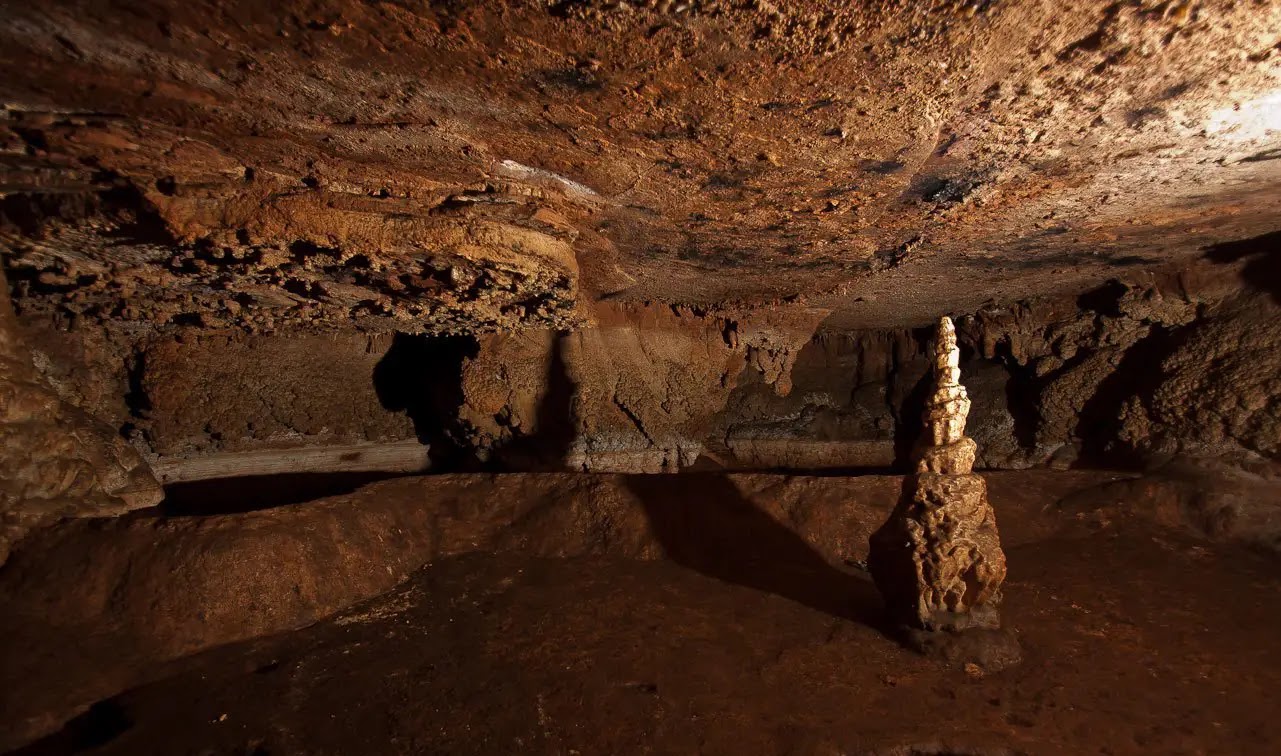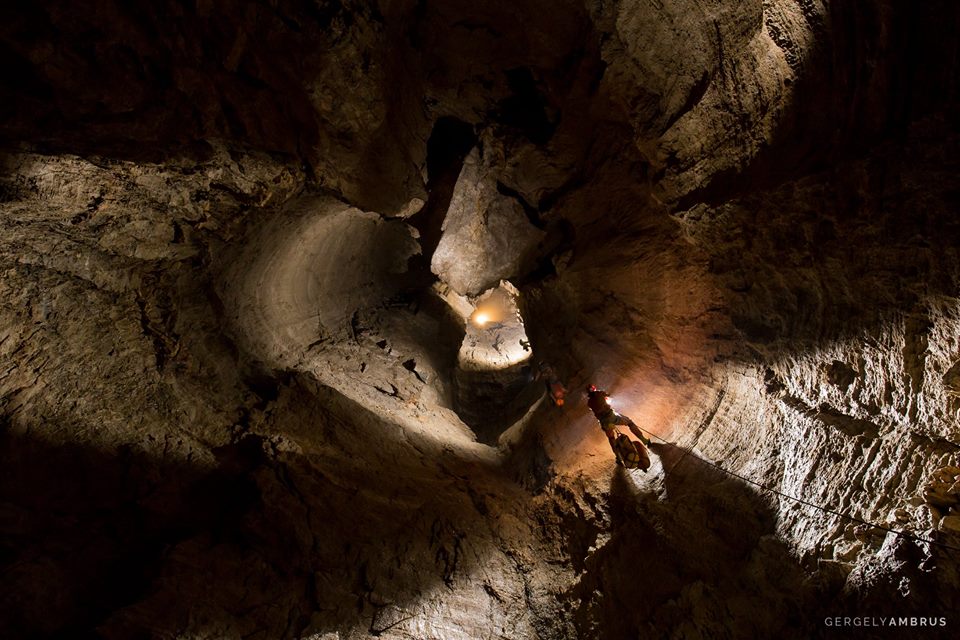The Voronian Cave
Blog Sections
The Voronya Cave: Journey into the Deepest Cave on Earth
Descend into the world’s deepest cave, Voronya Cave, a mysterious underground marvel located in the Western Caucasus mountains. Explore its breathtaking depths and unravel the secrets hidden beneath the Earth’s surface.
The Voronya Cave, also known as the Krubera Cave, holds the distinction of being the deepest known cave on Earth, plunging over 2,200 meters (7,217 feet) into the depths of the Earth. Located in the Arabika Massif of the Western Caucasus in Georgia’s Abkhazia region, this cave has long been a source of fascination for explorers, geologists, and adventurers. Its mysterious, narrow passages, vertical drops, and underground rivers offer both danger and beauty, making it a bucket-list destination for experienced cave divers and spelunkers.
In this article, we will explore the awe-inspiring world of the Voronya Cave, its geology, the challenges faced by cave explorers, and the wonder of descending into the planet’s deepest natural cavern. Whether you’re an adventure enthusiast or simply curious about one of Earth’s most extreme environments, the Voronya Cave offers endless intrigue.
What is the Voronya Cave? The Deepest Cave on Earth
The Voronya Cave, often referred to by its alternate name, Krubera Cave, is the world’s deepest cave, reaching a staggering depth of over 2,200 meters (more than 7,000 feet). This remarkable cave system is located in the Arabika Massif in the Western Caucasus mountains of Georgia, within the Abkhazia region. The cave was named after Russian geographer Alexander Kruber, a pioneer in speleology, and the name “Voronya,” which means “Crow’s Cave” in Russian, was inspired by the flocks of crows seen near its entrance.
Discovered in 1960, the Voronya Cave gained international recognition when explorers successfully reached a depth of more than 2,000 meters in 2001, setting a new world record. Since then, several expeditions have explored deeper sections of the cave, solidifying its place as the world’s deepest cave. For explorers, descending into Voronya represents the ultimate test of endurance and skill.
Fun Fact: To put its depth into perspective, the Voronya Cave is deeper than Mount Fuji’s height, which stands at 3,776 meters (12,389 feet).

Geological Wonders: How the Voronya Cave Was Formed
The formation of the Voronya Cave is a testament to the incredible power of nature. Like many caves, it was carved by the slow but persistent forces of water erosion over millions of years. The cave is part of a larger karst landscape, which is a type of terrain formed when soluble rocks such as limestone dissolve due to water movement, creating sinkholes, underground streams, and vast cave systems.
The Arabika Massif, where the Voronya Cave is located, is one of the most extensive karst regions in the world, with numerous caves, underground rivers, and deep crevices. The Voronya Cave itself is known for its complex network of vertical shafts, narrow passages, and subterranean lakes, making it a geological marvel.
As you descend into the cave, you pass through different layers of rock, each representing millions of years of Earth’s history. These layers reveal the cave’s ancient origins and the geological processes that shaped its current form.
Geological Trivia: The Arabika Massif is one of the oldest karst formations in the world, dating back over 200 million years to the Jurassic period.

Exploring the Depths: The Challenges of Cave Exploration
Exploring the Voronya Cave is no easy feat. Reaching the cave’s maximum depth requires advanced technical skills, specialized equipment, and a team of experienced spelunkers. The cave’s vertical shafts, some of which are hundreds of meters deep, present serious challenges for even the most seasoned cavers. Rappelling down these shafts and navigating the narrow, water-filled passages requires physical endurance, mental strength, and precise planning.
One of the cave’s most notable features is its verticality. Unlike many other caves that feature horizontal passages, the Voronya Cave is composed primarily of vertical drops, making the descent physically demanding and dangerous. Cavers must be prepared to face extreme conditions, including frigid temperatures, fast-flowing underground rivers, and treacherous rock formations.
In addition to the physical challenges, explorers must also deal with the psychological toll of spending days or even weeks underground in near-total darkness. The cave’s remote location adds another layer of difficulty, as rescue operations are extremely challenging in such an environment.
Pro Tip: Only highly trained and experienced cavers should attempt an expedition to the Voronya Cave. Preparation is key—extensive training in technical climbing, navigation, and survival skills is essential for a successful and safe exploration.

The Discovery of Voronya’s Depths: Historical Expeditions
The journey to uncover the full depth of the Voronya Cave began in the 1960s when the cave was first discovered by Soviet explorers. However, it wasn’t until the 1980s and 1990s that serious efforts were made to explore its depths. Early expeditions were limited by the technology of the time, and explorers could only descend to relatively shallow depths.
In 2001, a Ukrainian caving expedition made history by reaching a depth of 1,710 meters (5,610 feet), setting a new world record for cave depth. In subsequent years, further expeditions pushed even deeper, eventually surpassing the 2,000-meter mark. The cave’s current known depth, 2,197 meters (7,208 feet), was reached in 2004 during another Ukrainian-led expedition.
Each new expedition brings with it the possibility of discovering even deeper sections of the cave, as the Voronya Cave remains largely unexplored. The cave’s full extent is still unknown, and many believe that further exploration could reveal even deeper passages, making it one of the most exciting and dynamic natural wonders on Earth.
Historical Highlight: The cave is often referred to as the “Everest of caves” due to its extreme depth and the challenges associated with its exploration.

Life in the Darkness: Unique Cave-Dwelling Species
The Voronya Cave is not only a geological wonder but also a habitat for a range of unique organisms that have adapted to life in total darkness. These species, known as troglobites, have evolved over millions of years to survive in the extreme conditions found in deep cave environments. Many of these creatures are blind, relying on other senses such as touch and smell to navigate their pitch-black surroundings.
One of the most fascinating aspects of life in the Voronya Cave is the presence of extremophiles—organisms that thrive in extreme conditions, such as low temperatures, high pressure, and complete darkness. These species include cave-dwelling insects, crustaceans, and bacteria, some of which are found nowhere else on Earth.
The study of these organisms provides valuable insights into how life can adapt to some of the most inhospitable environments on our planet. It also raises intriguing questions about the possibility of life in similarly extreme environments, such as on other planets or moons.
Biological Insight: The study of extremophiles in caves like Voronya helps scientists understand how life might survive on Mars or in the icy oceans of Jupiter’s moon, Europa.

The Environmental Significance of Voronya Cave
The Voronya Cave and its surrounding region hold immense environmental significance. As one of the deepest caves on Earth, it provides a unique opportunity for scientists to study the planet’s geological processes, underground ecosystems, and water systems. The cave’s remote location and pristine condition make it an ideal natural laboratory for understanding the impact of climate change, pollution, and human activity on underground environments.
Moreover, the cave plays a critical role in the region’s water cycle. The underground rivers and lakes within the cave are part of a larger network of water systems that feed into surface rivers and lakes. Protecting these water sources is essential for maintaining the ecological balance of the region.
Environmental Tip: Conservation efforts are crucial to preserving the delicate ecosystems found within the Voronya Cave. Responsible caving and scientific exploration ensure that this natural wonder remains untouched for future generations.

The Future of Exploration: What Lies Ahead for Voronya Cave
The Voronya Cave continues to captivate explorers and scientists alike. While much has been discovered about the cave, there is still much that remains unknown. Future expeditions will focus on exploring deeper sections of the cave, mapping its intricate passages, and studying the unique ecosystems found within its depths.
Technological advancements in caving equipment and techniques are also likely to play a significant role in future explorations. Remote-controlled robots, improved climbing gear, and advanced mapping technology could help explorers reach previously inaccessible areas of the cave, revealing even more about this remarkable underground world.
As exploration continues, the Voronya Cave will undoubtedly remain one of the most exciting and dynamic natural wonders on Earth, offering new discoveries and challenges for those brave enough to venture into its depths.
Future Outlook: With the potential for deeper discoveries and new technological advancements, the Voronya Cave will remain at the forefront of underground exploration for years to come.

Visiting the Voronya Cave: How to Experience the Depths Safely
While the Voronya Cave is not a tourist destination in the traditional sense, it is possible for experienced spelunkers and adventurers to participate in organized expeditions to explore its upper sections. However, only the most skilled and well-prepared individuals should attempt to venture deep into the cave.
For those who prefer to admire the cave from above ground, the surrounding Arabika Massif region offers stunning mountain scenery, hiking opportunities, and a chance to experience the beauty of the Caucasus. Local guides can provide insights into the region’s geology,
history, and unique ecosystems, making it an unforgettable destination for nature lovers and adventure seekers alike.
Travel Tip: Always consult with professional guides and ensure you have the necessary training and equipment before attempting to explore any cave system, especially one as challenging as Voronya.

Conclusion: The Voronya Cave – A Marvel of Nature and Exploration
The Voronya Cave stands as a testament to the power and beauty of nature, offering a glimpse into the Earth’s hidden depths. Its immense size, geological significance, and challenging exploration conditions make it one of the most fascinating natural wonders on the planet. Whether you’re an experienced cave explorer or simply fascinated by the mysteries of the underground world, the Voronya Cave is a marvel worth learning about—and perhaps, one day, visiting.

You may also be interested in
Corryvreckan whirlpool
Dive into one of the most breathtaking natural phenomena in…
Khara Khoto Ruins
Journey into the heart of the Gobi Desert and explore…
Waitomo Cave, North Island, New Zealand
Embark on an unforgettable journey through one of New Zealand’s…
Hotels in Gagra: Popularity
| Hotel | Stars | Discount | Price before and discount | Select dates |
|---|---|---|---|---|
| Amran | ★★★★ | -9% | 164 148 | View hotel |
| Travel Hotel | - | - | View hotel | |
| Gega Hotel | ★★★ | -15% | 92 78 | View hotel |
| Ashamta Hotel | ★ | -56% | 86 38 | View hotel |
| Aquamarine Family Club | ★★★★ | -14% | 274 235 | View hotel |
| Guest house Sirius | - | - | View hotel | |
| Alex Resort & Spa Hotel | ★★★★ | -24% | 158 121 | View hotel |
| Ruslan Hotel | - | - | View hotel | |
| Arstaa Hotel | - | - | View hotel | |
| Тихий Дон | ★★ | -19% | 86 70 | View hotel |



